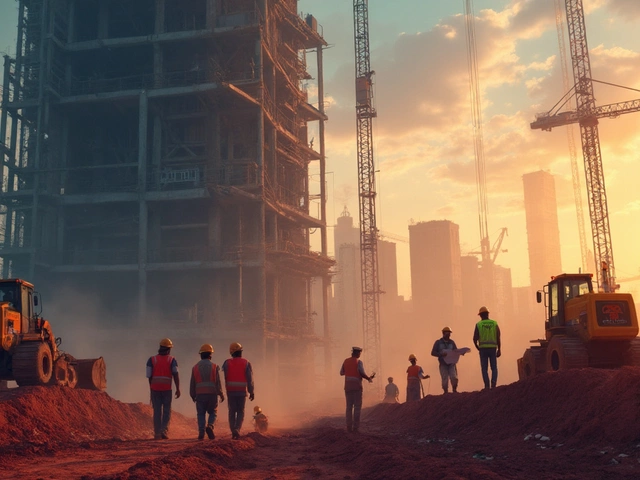Project Delivery in Construction: What You Need to Know
When we talk about project delivery, the end-to-end process of planning, building, and handing over a construction project. Also known as construction project execution, it's the make-or-break phase where plans turn into reality—or fall apart. It’s not just about laying bricks or pouring concrete. It’s about coordinating people, materials, permits, schedules, and money so everything comes together without chaos.
Good project delivery means knowing when to order galvanized wire for fencing, when to schedule inspections, and who’s responsible when a pipe leaks three weeks after turnover. It’s the difference between a building that’s ready to use on day one and one that sits half-finished because the electrician didn’t get the blueprints until week six. construction project management isn’t a job title—it’s a system. And if you’re working with contractors, architects, or suppliers like KK Wire Solutions, you need to understand how it works.
Project delivery ties directly to building timelines. A delay in foundation repair? That pushes back the entire schedule. A mix-up in commercial vs. residential codes? That means costly redesigns. And if you’re trying to combine two construction types in one building, as some posts show, you better have the right permits and fire separations locked in before you break ground. construction workflows aren’t flexible—they’re dictated by law, physics, and the availability of materials. Missing a delivery window for industrial-grade wire? That can stall a whole site.
There’s no magic formula. But there are patterns. The most successful projects don’t rely on heroes—they rely on clear handoffs, documented checklists, and accountability. Whether you’re fixing a cracked foundation, remodeling a bathroom, or building a commercial warehouse, the same rules apply: plan ahead, communicate constantly, and never assume someone else is handling it.
Below, you’ll find real-world examples of how project delivery plays out—whether it’s figuring out the best time to repair a foundation, understanding why you can’t just DIY a structural fix, or learning what makes a building legally commercial. These aren’t theory pieces. They’re lessons from sites, inspections, and mistakes that cost people thousands. What you’re about to read is what actually happens when things go right… and wrong.





